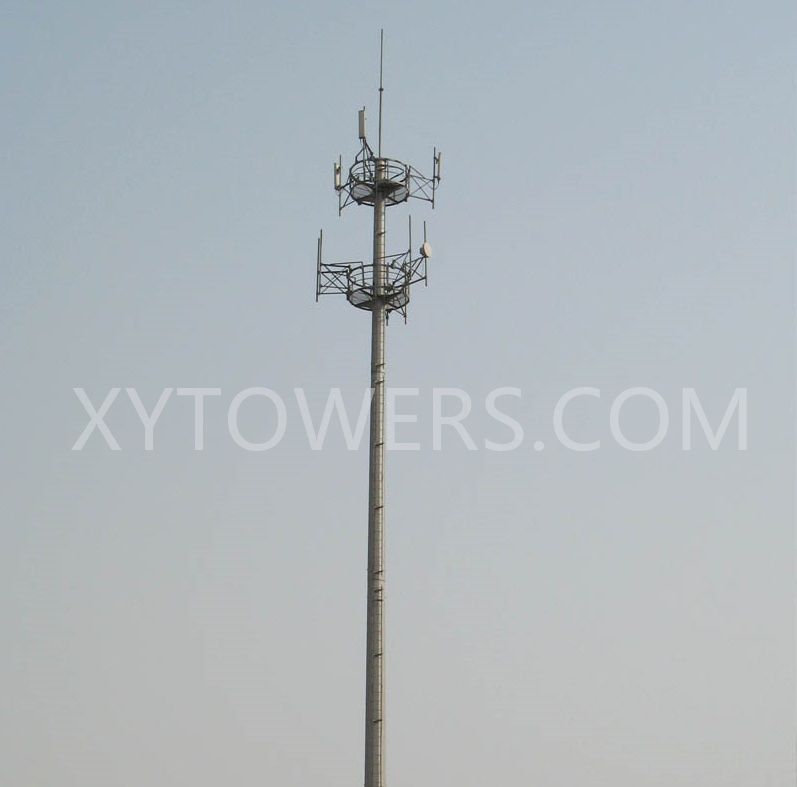
What is the range of monopole tower?
Monopole towers have become a cornerstone in the telecommunications industry, particularly with the advent of 5G technology. These structures, often constructed from steel tubes, serve as the backbone for various communication networks, including telecom, WIFI, and other wireless services. This article delves into the range of a monopole tower and its multifaceted applications, with a particular focus on the antenna monopole.
A monopole tower is a single, tubular structure that supports antennas for telecommunications and broadcasting. Unlike lattice towers, which have a broader base and multiple legs, monopole towers are sleek and occupy less ground space. This makes them ideal for urban environments where space is at a premium. The steel tube construction provides the necessary strength and durability to withstand environmental stresses while supporting the weight of multiple antennas.
The term “antenna monopole” refers to the specific type of antenna mounted on these towers. An antenna monopole is a single, vertical element that radiates or receives electromagnetic waves. These antennas are crucial for the transmission and reception of signals in various communication networks, including 5G, WIFI, and traditional telecom services. Given their importance, the design and placement of antenna monopoles are critical for optimizing network performance.
The range of a monopole tower largely depends on several factors, including the height of the tower, the frequency of the transmitted signals, and the surrounding environment. Generally, a monopole tower can cover a range of 1 to 5 miles in urban areas and up to 30 miles in rural settings. The higher the tower, the greater the range, as it can overcome obstacles like buildings and trees more effectively.
For 5G monopole towers, the range is typically shorter compared to traditional telecom monopoles due to the higher frequency bands used in 5G technology. These higher frequencies offer faster data rates but have a limited range and are more susceptible to obstructions. Therefore, 5G networks often require a denser deployment of monopole towers to ensure comprehensive coverage.
Telecom Monopole: These towers are primarily used for mobile phone networks. They support antennas that facilitate voice and data communication over long distances. With the increasing demand for mobile connectivity, telecom monopoles are being upgraded to support 5G technology, which promises faster speeds and lower latency.
WIFI Monopole: In addition to telecom services, monopole towers are also used for WIFI networks. These towers can support antennas that provide wireless internet access over a wide area, making them ideal for public spaces like parks, campuses, and stadiums.
5G Monopole: As mentioned earlier, 5G monopole towers are designed to support the next generation of mobile networks. These towers are equipped with advanced antenna monopoles that can handle the high-frequency bands required for 5G services. The deployment of 5G monopoles is crucial for achieving the high-speed, low-latency performance promised by 5G technology.
Post time: Sep-23-2024





